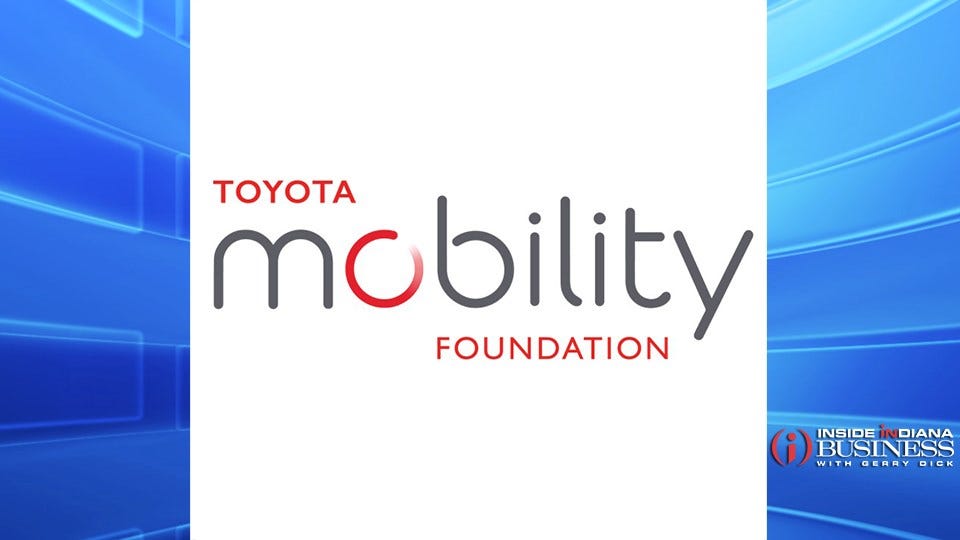Indiana Selected for First Future Mobility District

Subscriber Benefit
As a subscriber you can listen to articles at work, in the car, or while you work out. Subscribe NowThe state of Indiana has been selected by the Toyota Mobility Foundation as the country’s first Future Mobility District, focusing on innovation in the research and development of advanced mobility technologies. The Japan-based nonprofit is launching the district in conjunction with the Indiana Economic Development Corp. and Indianapolis-based Energy Systems Network, and says the effort will “allow providers of new advanced mobility innovations and services to deploy in the state, focusing on validating interoperability and integration with existing Indiana transportation systems.”
The advanced mobility technologies could include low-to-zero carbon city transit, autonomous vehicles, short distance mobility assistance, and active curb and parking management.
Ryan Klem, director of programs for the Toyota Mobility Foundation, says the district will first focus on the Indianapolis area.
“We felt like it was a good representation of other cities across the U.S. Of course, we’ve done some work in much larger cities but when you think about scaling and usability, we felt like Indianapolis kind of captured a lot of those land use forms and more typical if we look to scale to other cities,” said Klem. “The second is just the convergence of some of the progressive initiatives that Indy took, for example, the bus rapid transit system being fairly progressive for the city and state and country, for that matter.”
Klem says the city’s use of micro-mobility systems, such as electric scooters and shared bicycles, is much higher per capita than other cities, which was attractive for the district.
TMF says it aims to leverage ESN’s and the IEDC’s networks of industry and academic stakeholders in the region to increase opportunities for advanced mobility through testing of mobility-enabled technologies.
“Some of the goals of the specific projects in what we’re calling phase one are things like how do we improve last-mile connectivity to and from existing mobility services into, right now, the west side of Indianapolis? Secondly, how do we increase efficiency of existing services that are already there so you don’t have maybe six or seven disparate operations happening? And then third, how do we just better integrate the full-end trip?”
Klem says they also plan to figure out how to integrate new advanced mobility technologies into existing platforms or services that an organization like IndyGo might have. He says the needs for people to get to and from a location are evolving.
“We need systems to adjust and flex to anything coming their way, whether it’s COVID-19, a blackout, funding challenges, which are going to be more realistic…all of these things are going to converge in terms of how do we use the resources we have most wisely and in the best way. So we think technology is the best way forward with that, but at the same time, sometimes we also have to look to simplify. Sometimes just improving sidewalk conditions, for example, goes a long way too.”
TMF’s long-term goal in Indiana, Klem says, is to expand into other areas of the state.
“The pace of innovation in mobility is leading to rapid changes in the way people and goods move,” Paul Mitchell, chief executive officer of ESN, said in a news release. “This Future Mobility District initiative will prepare Indiana for these changes and help ensure that our economy and society benefit from them.”
TMF says it is currently evaluating options in central Indiana for advanced mobility deployment, with plans to provide details on project proposals as it establishes its presence in Indiana.
You can learn more about the Future Mobility District by clicking here.
Klem says the district will first focus on the Indianapolis area.
Klem explains some of the first questions the district aims to address.
